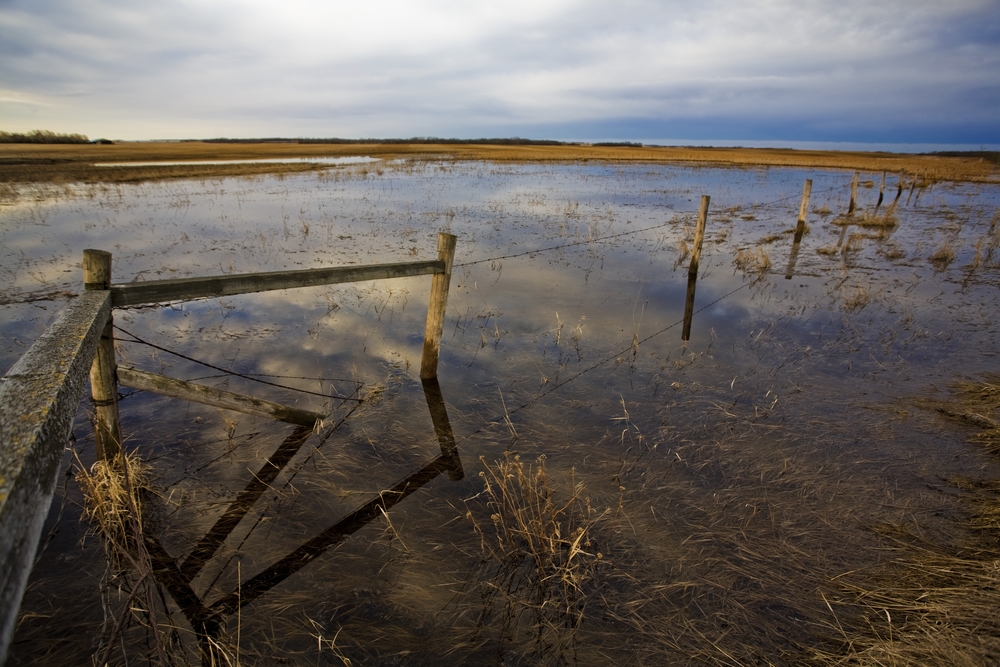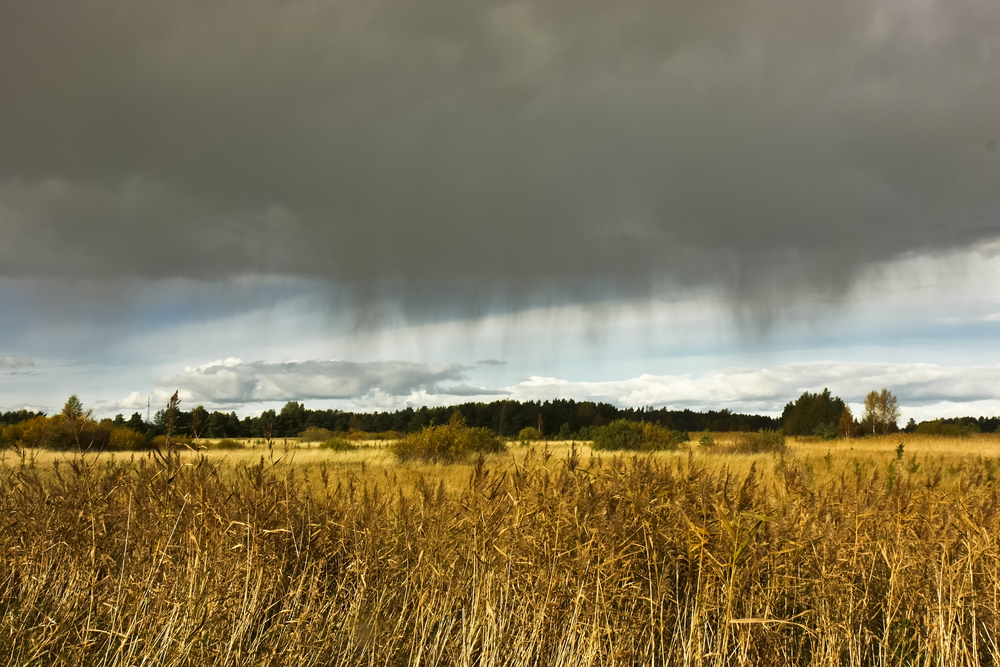The rainy season is upon us for a little while longer, and the frequent showers bring flowers and help crops grow. Unlike the last season, San Angelo has experienced an exponential amount of rainfall in the past few months.
In the past 30 years, San Angelo has had an average rainfall of 24.32 inches. This is severely less than the nation average and Texas average rainfall. San Angelo’s rainfall is 38 percent less than the nation and 32 percent less than Texas.
All in all, rain is a good thing, but too much of it can be harmful to farmers. Heavy rainfall can flood fields, create insect breeding grounds or delay crop production.

Corey Owens, senior instructor/research associate at Angelo State University described the pros and cons of heavy rainfall San Angelo has experienced these past few months.
He said, as of now, farmers are in the midst of the growing warm seasoned grasses. Warmed seasoned grasses are the forage livestock graze on.
“When we get rainfall like we are now, it provides us with a lot of moisture that is needed to grow those grasses,” said Owens.
Owens also raises cattle and Spanish goats, and he is concerned for his herds because of possible viruses and internal parasites that are the result of too much rainfall. Standing water from heavy rainfall will attract mosquitos, which are known to carry the West Nile Virus and affect horses. Additionally, internal parasites form breeding grounds in fast growing forages consumed by moisture. In this case, internal parasite will attack sheep, goats and cattle.
On the other hand, Owens said Haygrazer and alfalfa hay are benefiting from heavy rainfall.
“From a livestock and feed perspective, things are really good," Owens said. "The other thing that the rain is doing for farmers here pretty soon [is that] they are going to be putting cotton in the ground. [The rain] is putting a lot of moisture in the ground for the cotton.”

Again, however, too much moisture can delay cotton production.
Chase Weishuhn, an Angelo State Alumni, has been farming for six years, and he mostly produces cotton for commercial use.
He verified that, as of now, he hasn't faced major issues because of the rainfall, but Weishuhn has faced a two-to-three-week setback in planting cotton. Some farmers began planting as early as May 1, and he wanted to begin planting sometime from the middle to the end of May.
“Farmers who irrigate a lot need extra time to get their crop in so [the crops] get the full length of the growing season,” Weishuhn said.
Additionally, for the past three weeks, Weishuhn has been trying to harvest wheat. He said, “[The ground] has been wet so long that the wheat began sprouting in the head (pre harvest sprouting), causing farmers to get docked on wheat prices.”
Too much rainfall in this regard has been known to negatively affect a farmer's annual yields.
Another downfall that Weishuhn listed was the increase of grasshoppers. He said, “Usually during the wet season, we seem to get more grasshopers.”
When there are too many grasshoppers in one area, they transform into locusts and swarm a farmer's crops. They have been known to cost farmers millions of dollars in damage when this occurs.
There's no doubt San Angelo benefits from the recent heavy rainfall in the area, and many people feel their prayers have been answered. Many farmers are also happy to get rain, rather than not get it; however, too much rainfall can definitely have some negative consequences for these farmers.
Subscribe to the LIVE! Daily
Required






Comments
Listed By: serenity at last
Would be interesting to see more science on the effects of the wind farms. From what I have investigated I believe they have a significant impact on the drop in rainfall.
- Log in or register to post comments
PermalinkPost a comment to this article here: